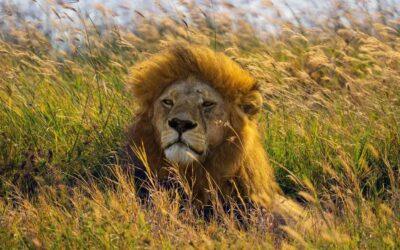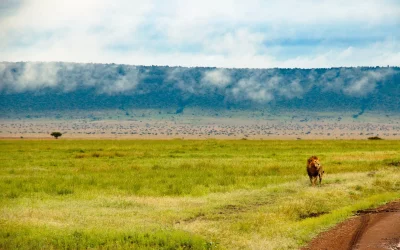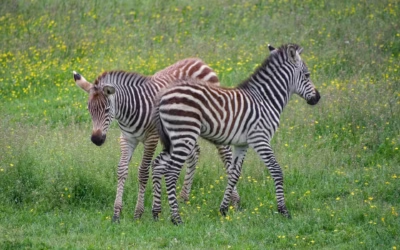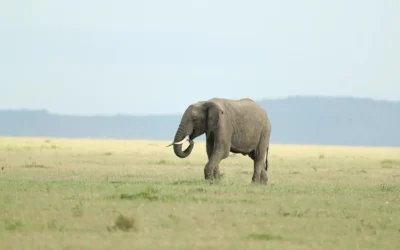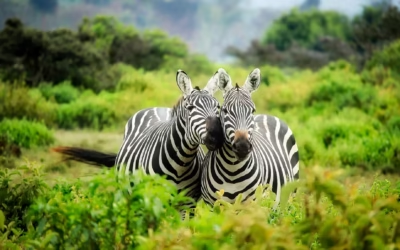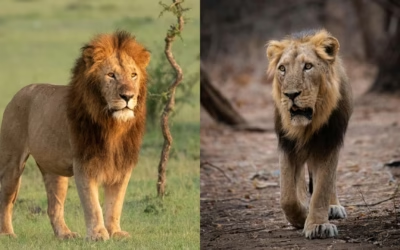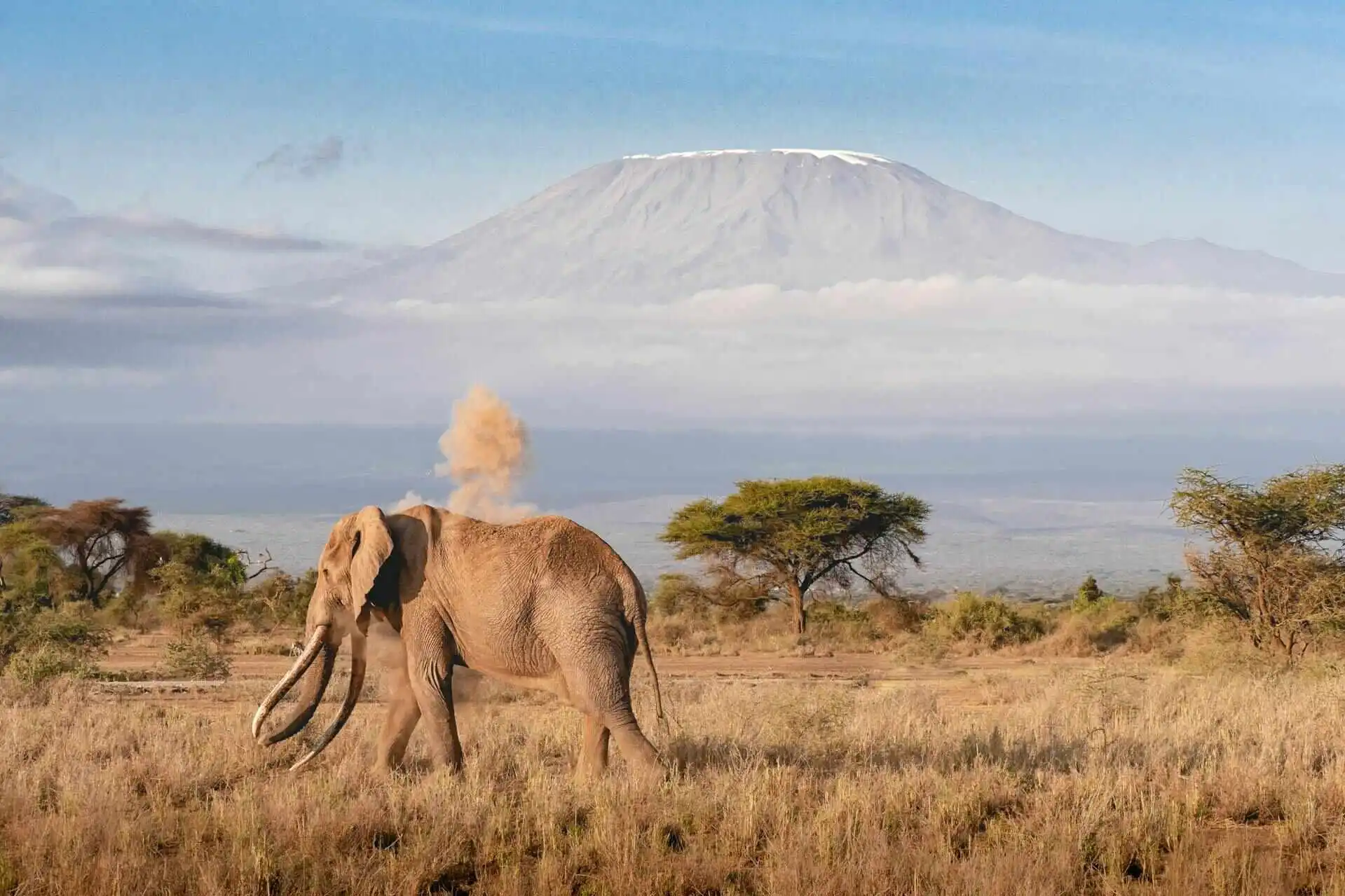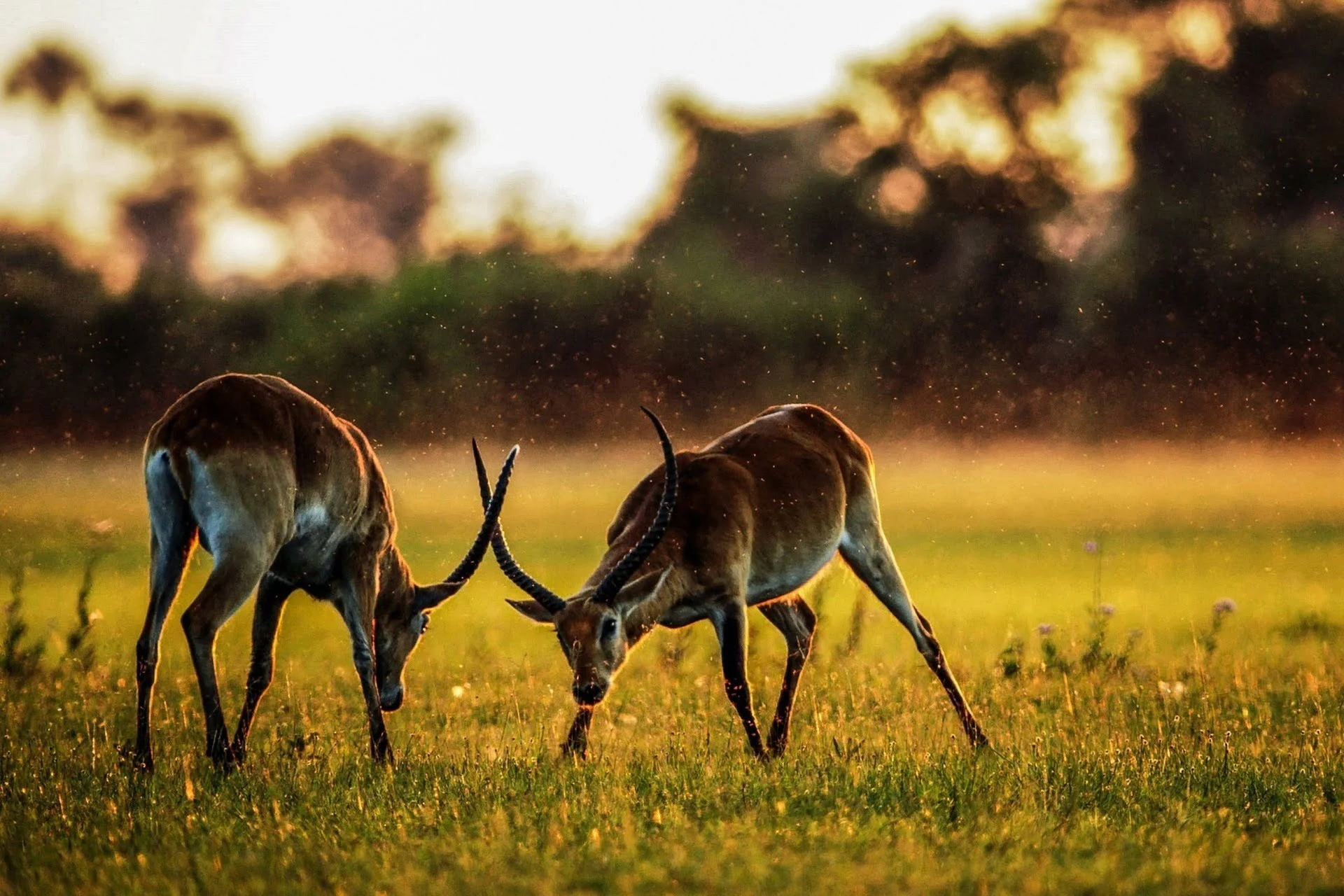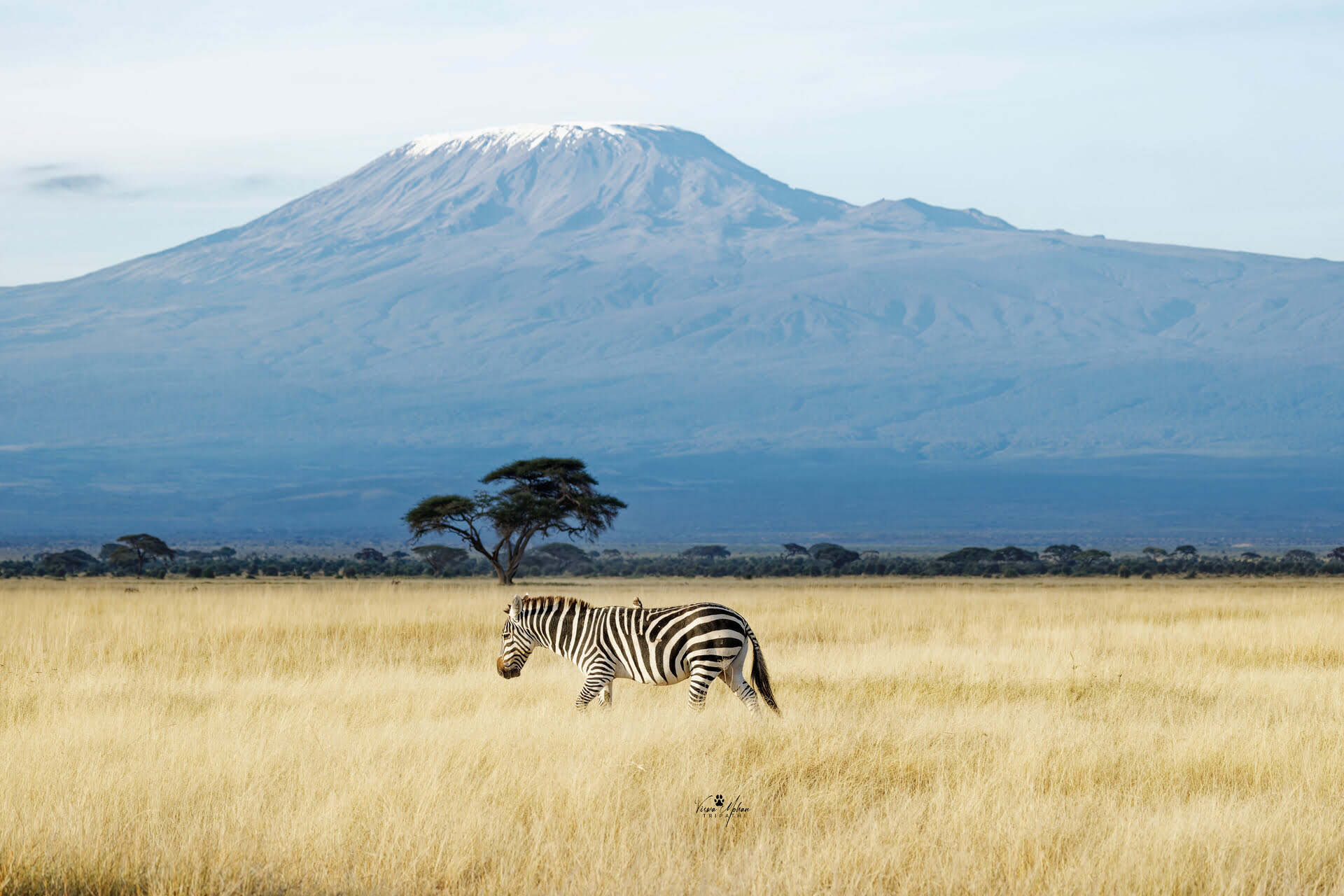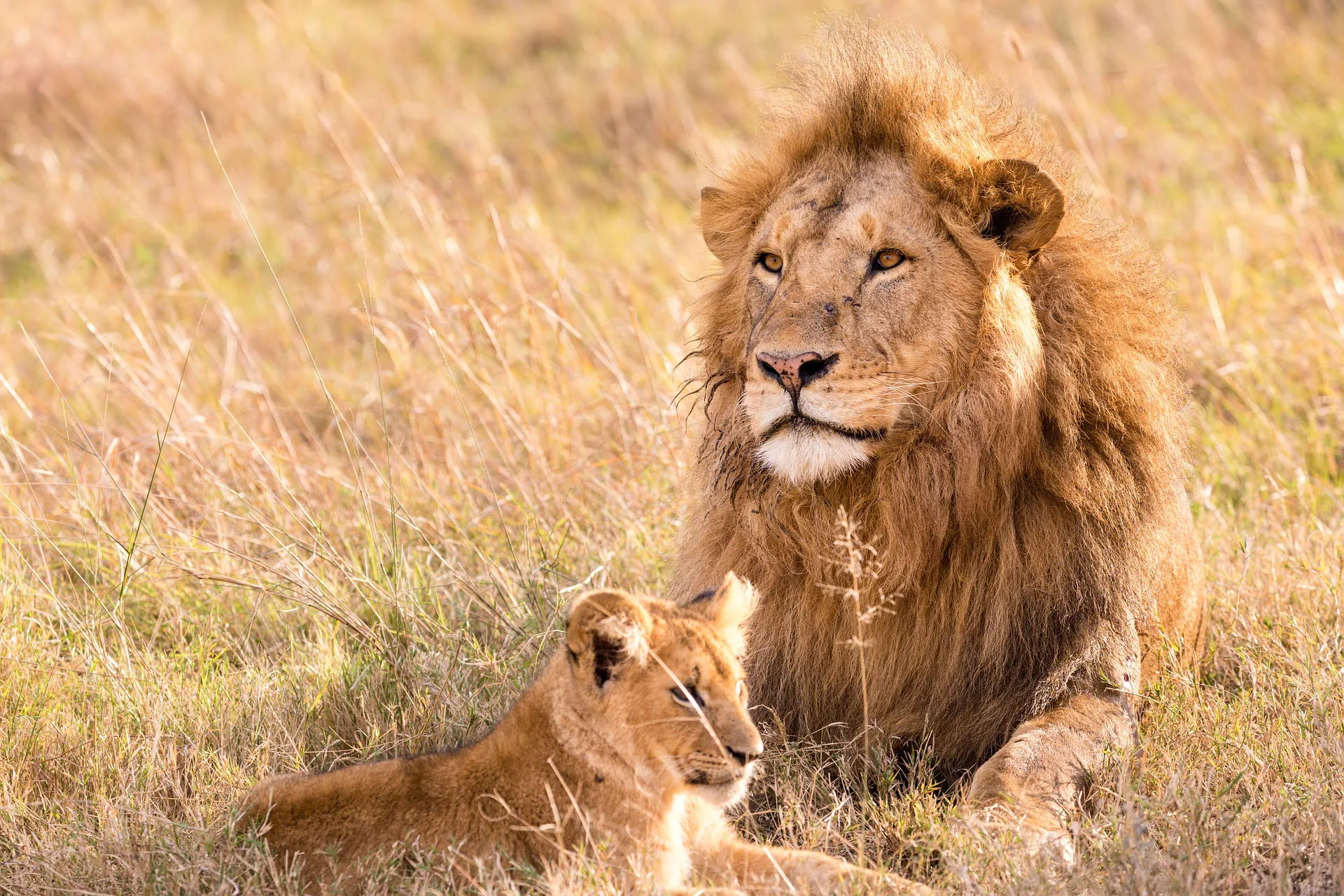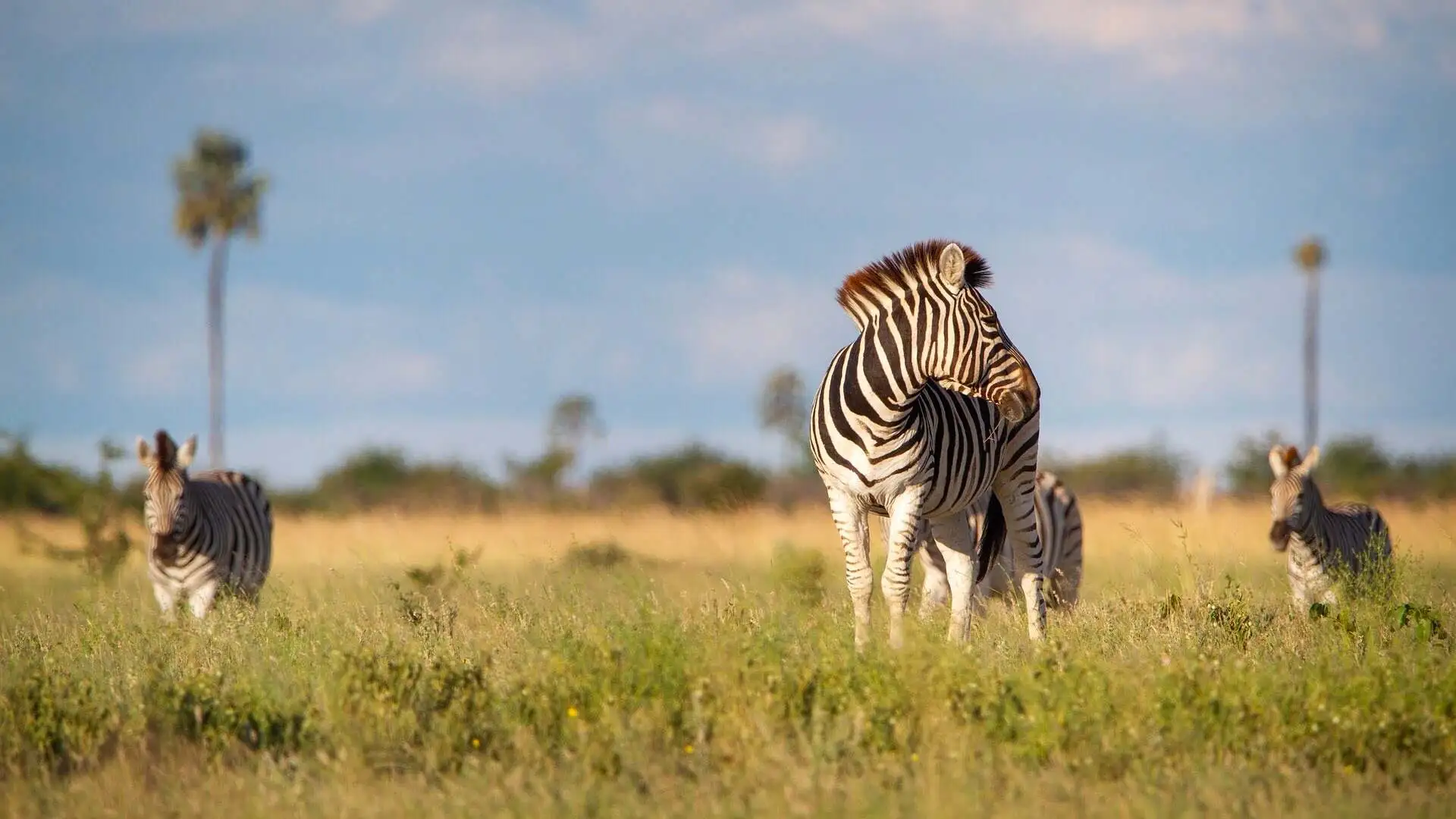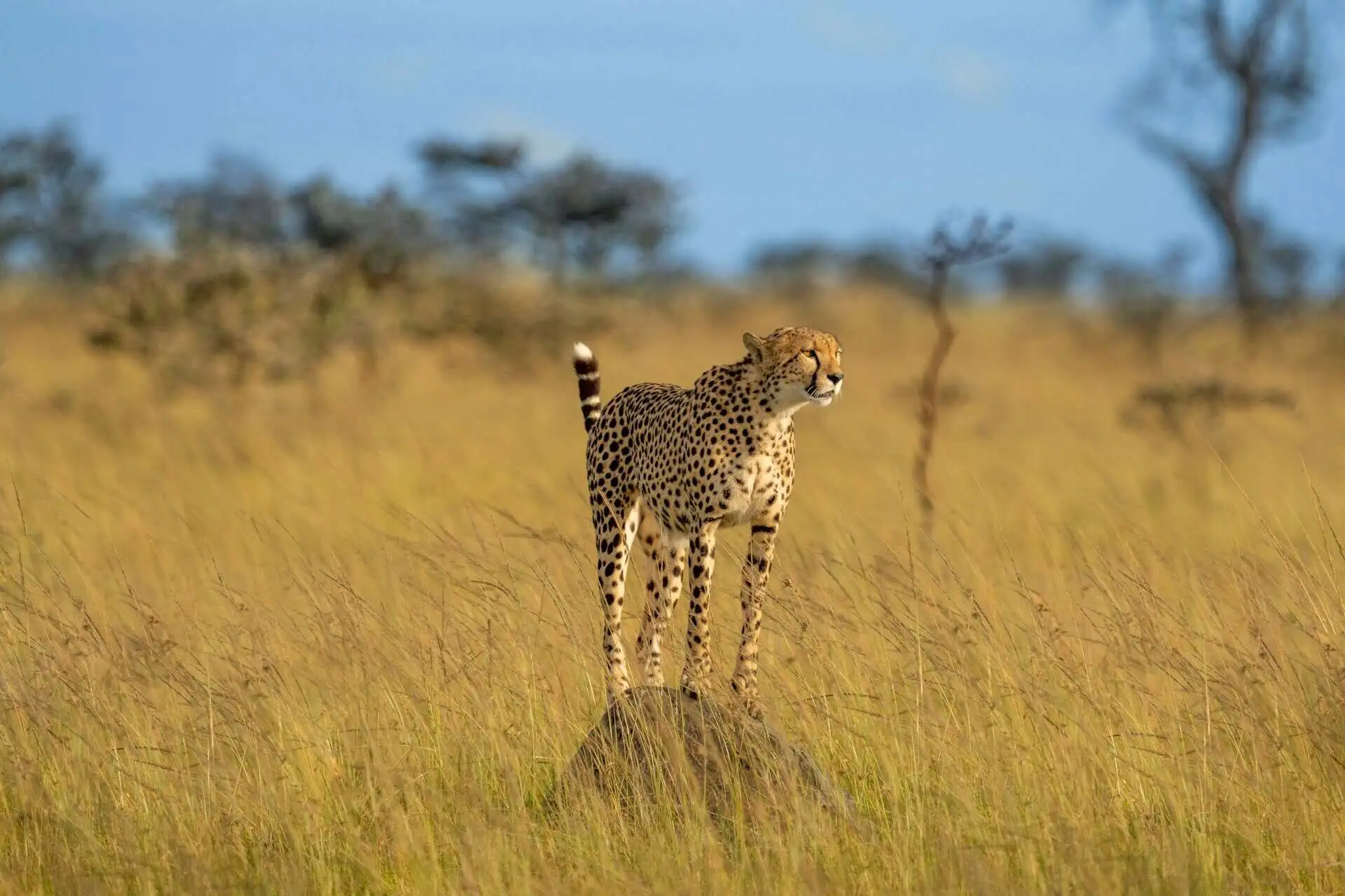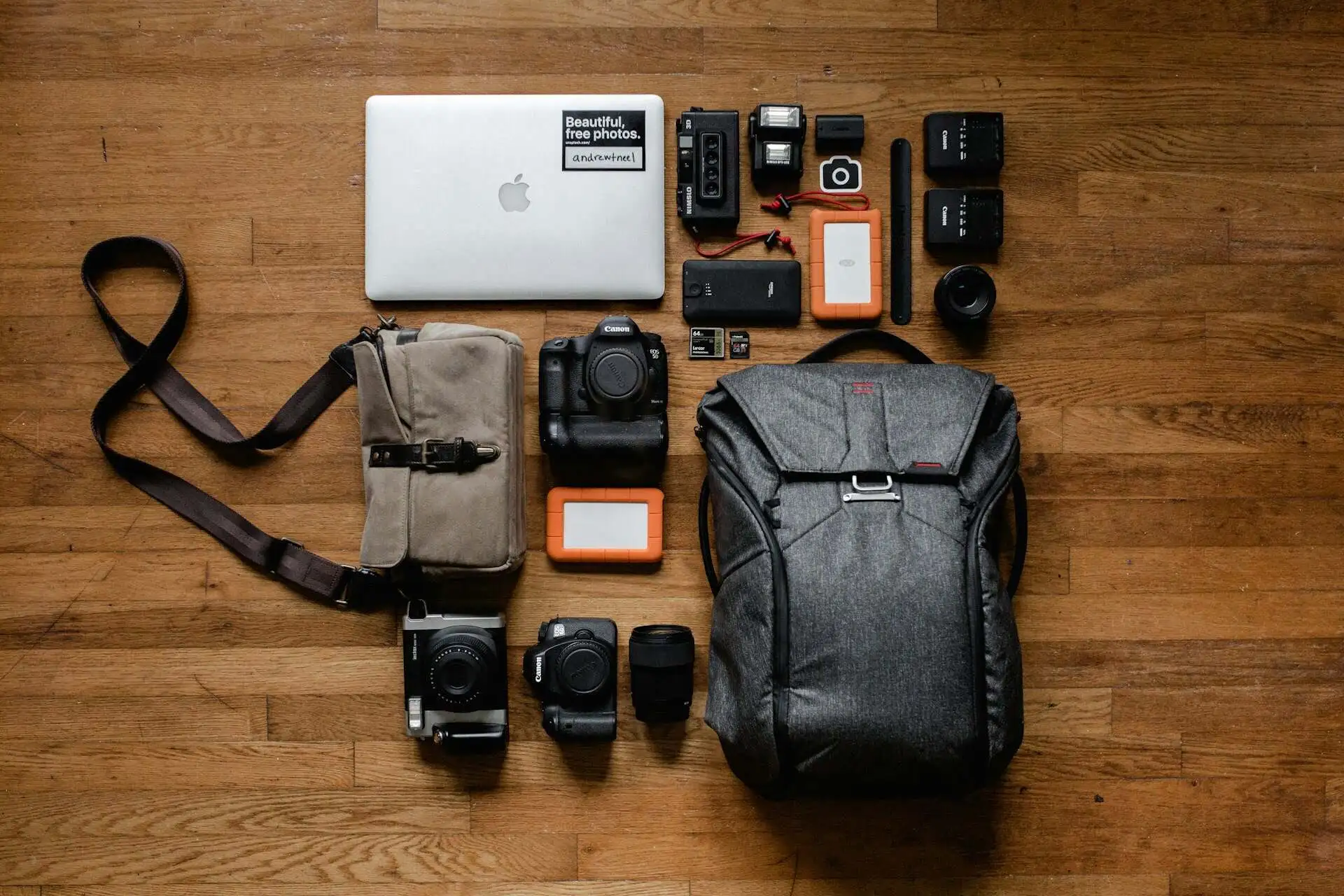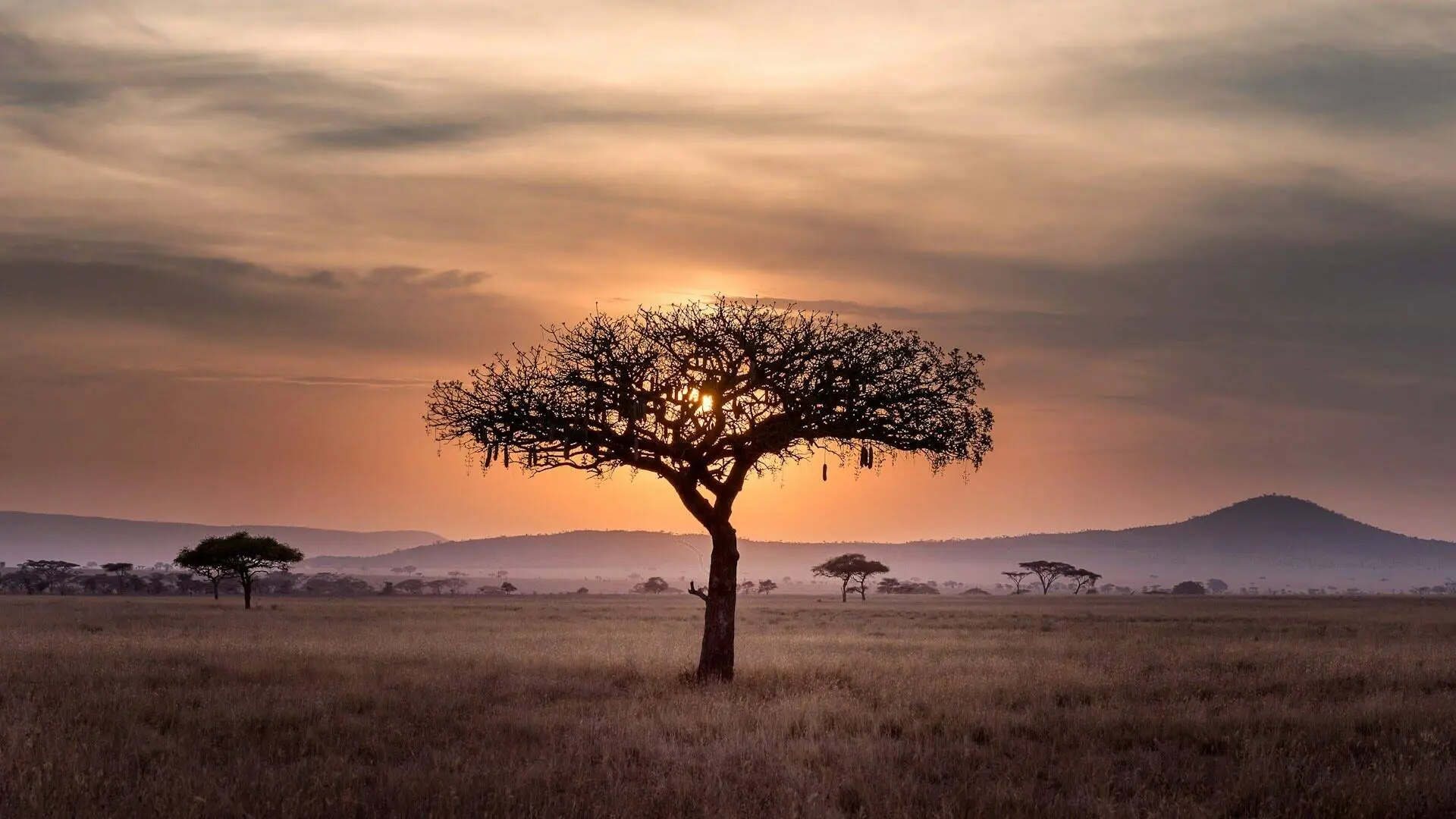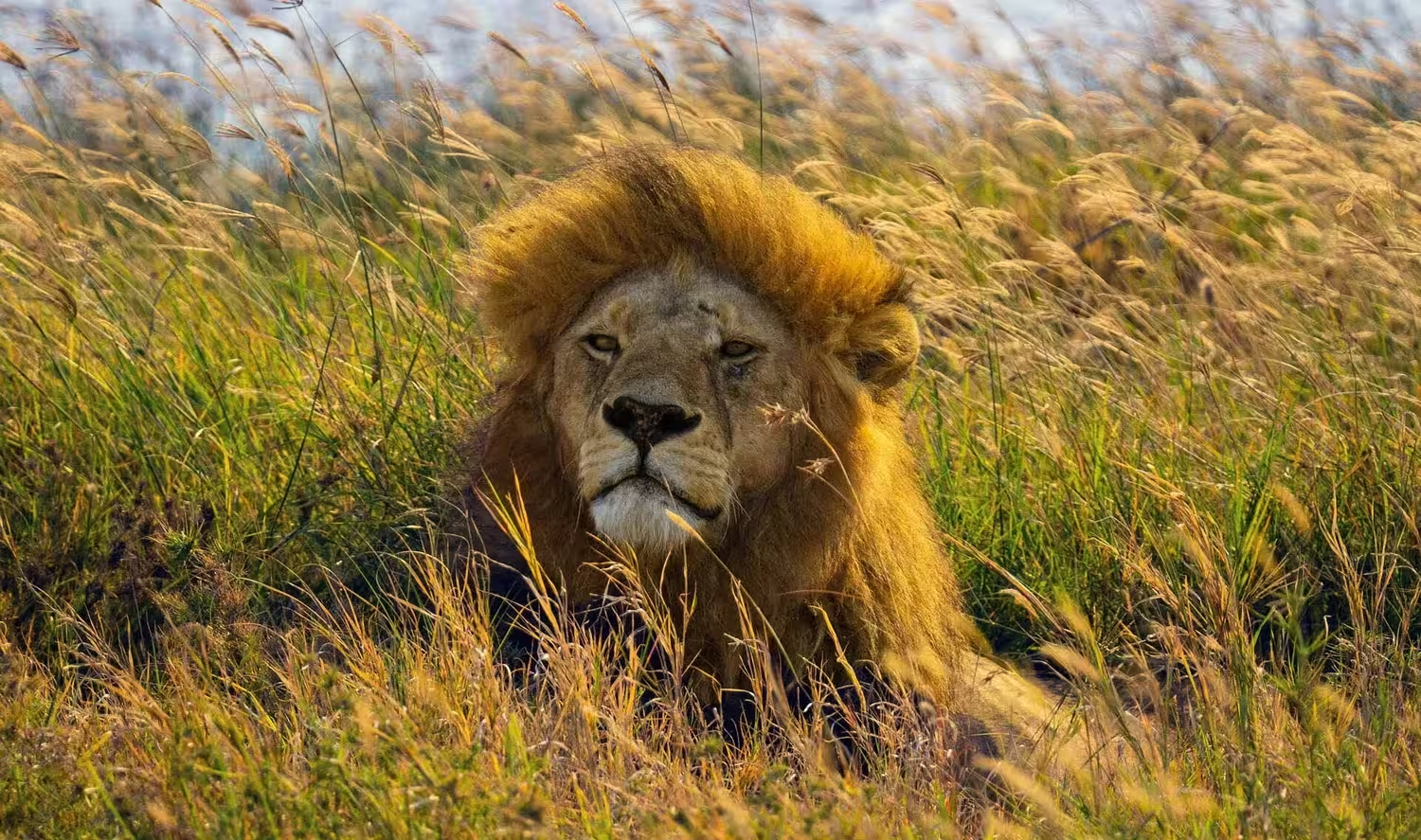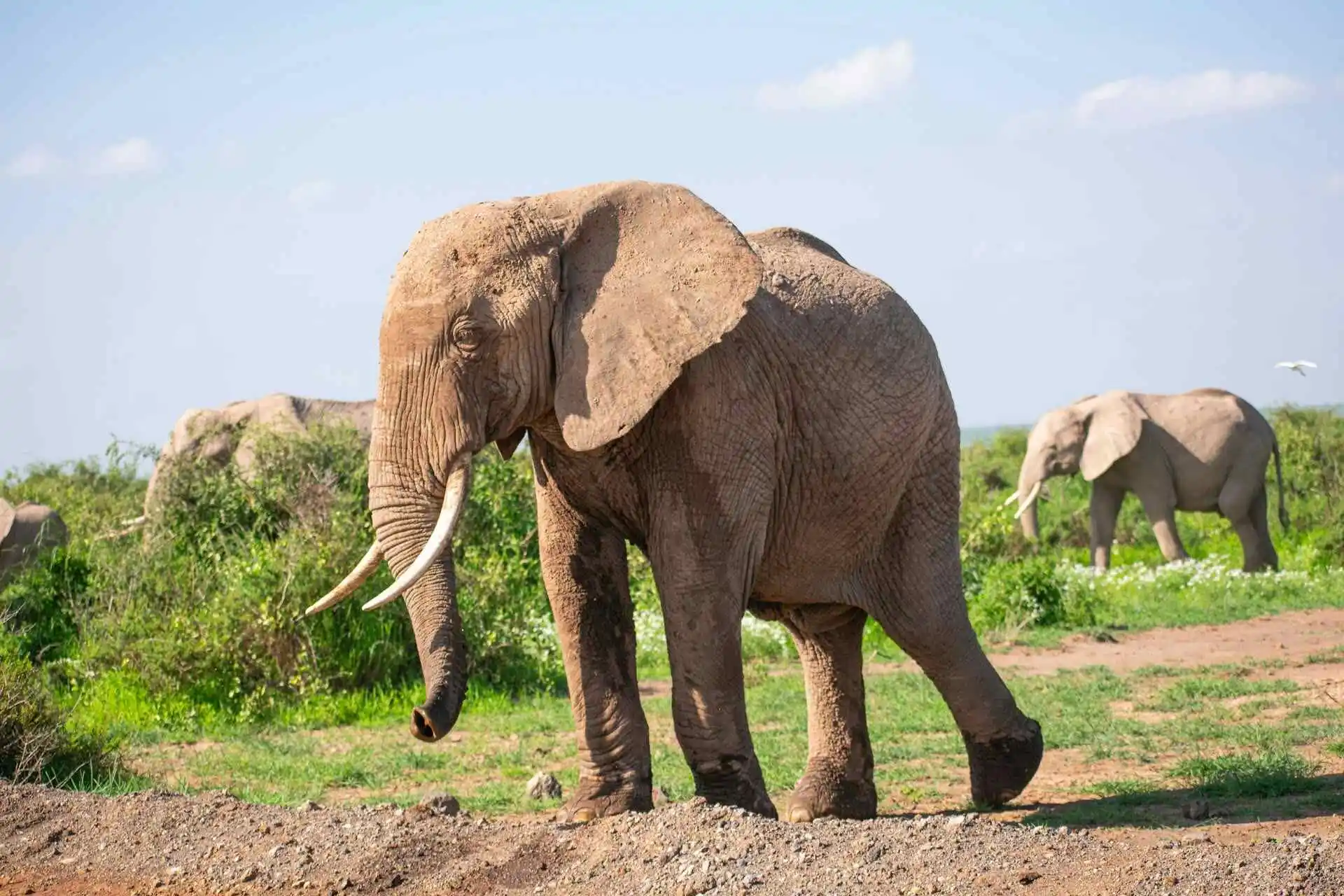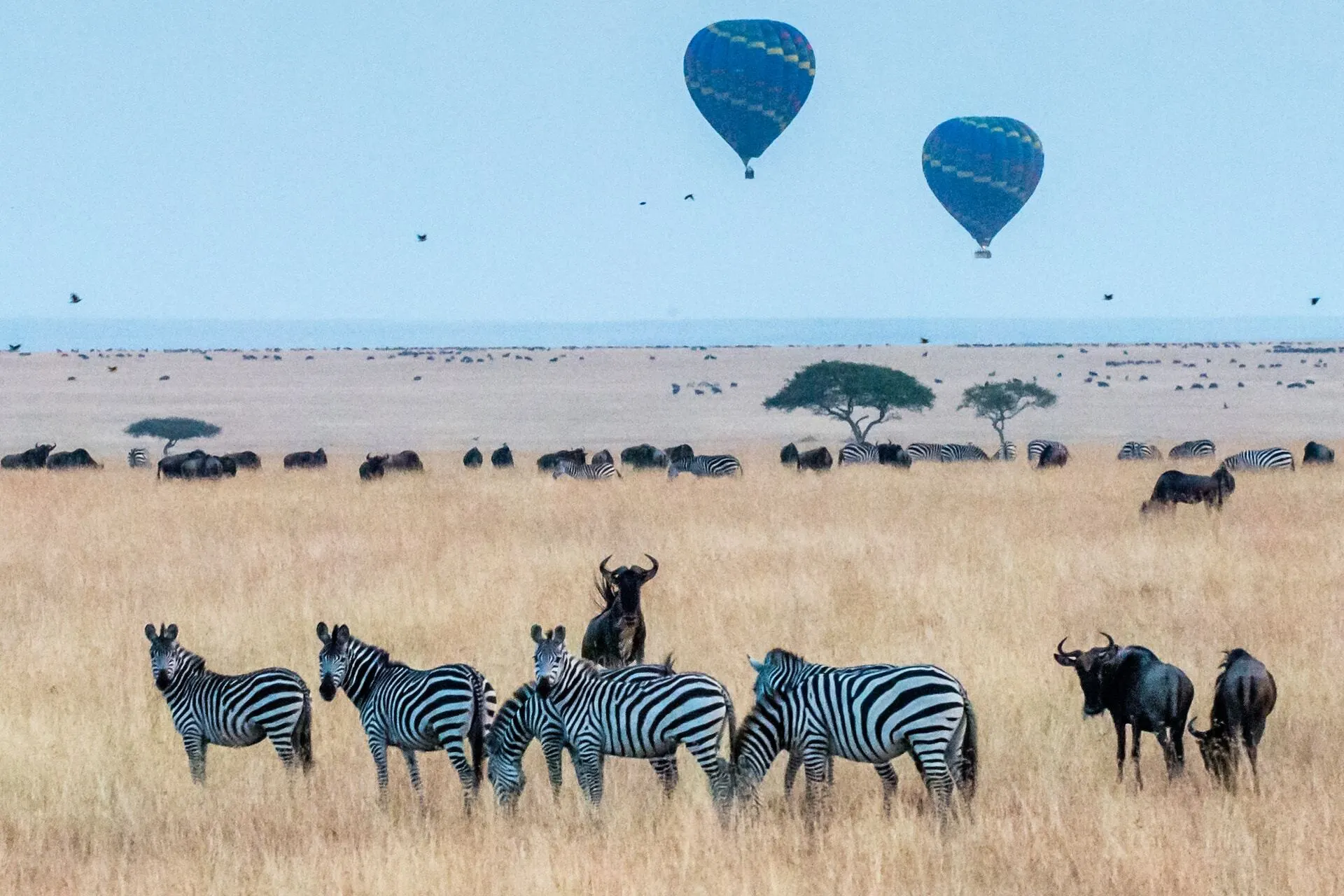When you’re dreaming about an African safari, you’re probably picturing lions, elephants, and jaw-dropping sunsets. But pretty soon, this one confusing question pops up : Should I go to a national park or a national reserve?
They sound basically the same, right? Wildlife, landscapes, all that good stuff. But here’s the thing: your choice can totally change the feel of your safari.
We’re talking about:
- What kinds of safaris you can actually do (like night drives or walking tours)
- How crowded it gets around an animal sighting
- Whether it feels wild and remote—or more like a guided tour on rails
- And yes, how much it’ll cost you
So let’s break it down and figure out what fits your vibe best.
Quick Comparison Table
| Category | National Park | National Reserve / Conservancy |
|---|---|---|
| Management | Government (Kenya Wildlife Service) | Local county or community-managed |
| Entry Fee | Fixed by government | Varies by reserve or conservancy |
| Wildlife viewing | Great sightings, more regulated | Closer encounters, less restricted |
| Night Drives | Not allowed | Often allowed |
| Off-Roading | Strictly prohibited | Allowed in many reserves |
| Walking Safaris | Rare | Common in private conservancies |
| Community Benefit | Limited direct community impact | Direct support to local communities |
What’s the Actual Difference Between a National Park and a Reserve?
At a glance, both national parks and national reserves are protected areas teeming with wildlife. But the main difference lies in how they’re managed and the kind of safari experience they offer.
- National Parks are usually managed by the central government. Think stricter rules, more structured tourism, and big-name organizations like the Kenya Wildlife Service calling the shots.
- National Reserves, though, are often managed by local counties or even community-led conservancies. In some cases, private groups are involved too. That usually means more flexibility—and sometimes a more personal, off-the-grid vibe.
Take this for example:
Amboseli National Park is run by Kenya Wildlife Service (KWS), with strict rules on tourism and conservation.
Masai Mara National Reserve, is under Narok County’s management. And parts of it are actually run by Maasai communities through conservancies, so it feels way more connected to the local culture.
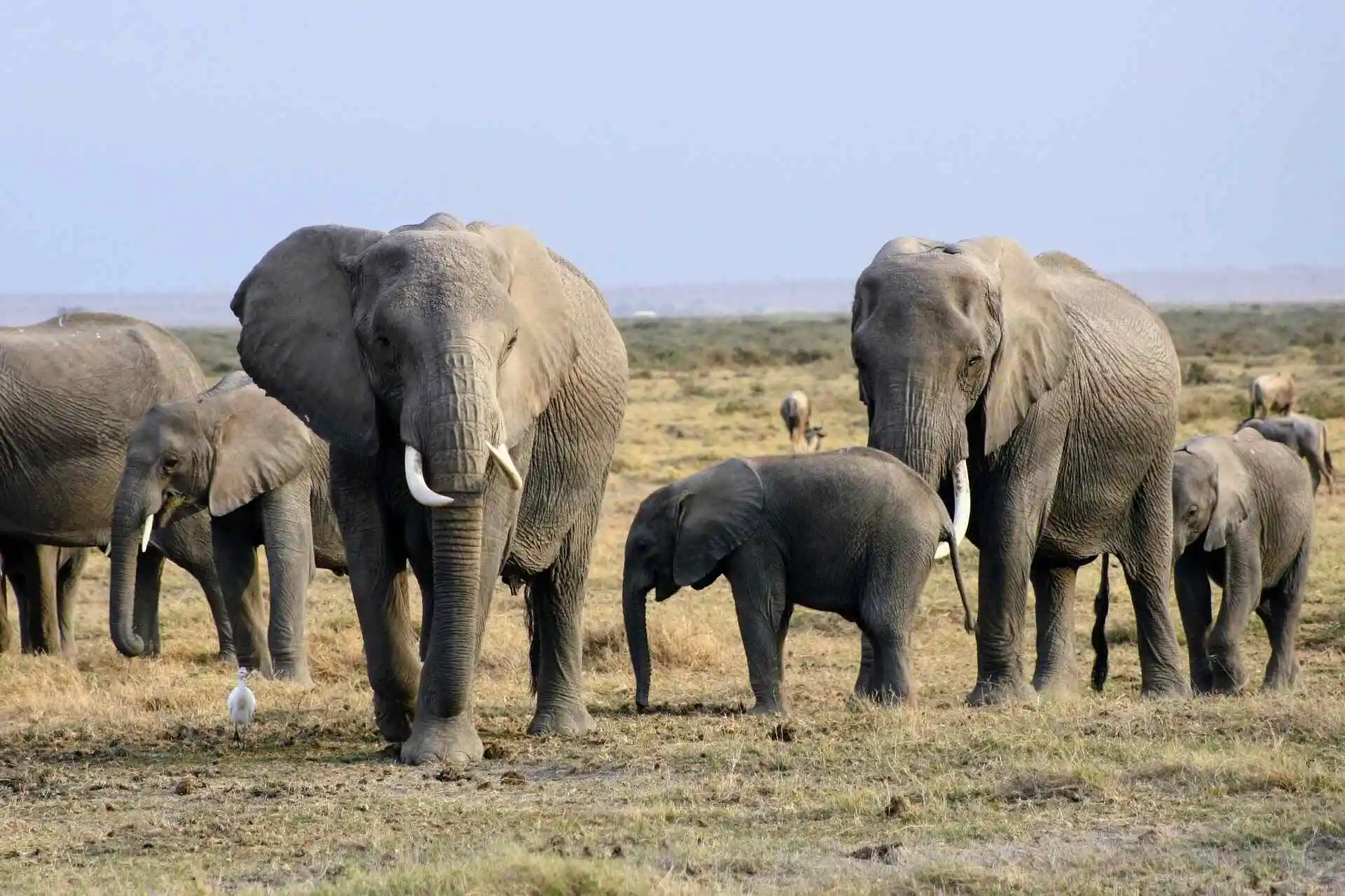
Elephant herd in Amboseli National Park, Kenya
What Changes for You as a Safari Traveler?
You’d be surprised how these management styles impact your safari experience. Let’s break it down:
Rules & Flexibility
When it comes to regulations, national parks tend to be stricter.
Here’s what you’ll usually find:
In National Parks:
- No off-roading
- No night safaris
- No walking safaris in most parks
- Standard gate times and fixed routes
In National Reserves (especially private conservancies):
- Off-roading is often allowed
- Guided walking safaris are a real highlight
- Some even offer night drives—great for spotting nocturnal animals
- More flexibility in game drives and schedules
For example, you won’t be able to go off-road in Amboseli National Park, but in Olare Motorogi Conservancy (part of the Masai Mara ecosystem), you can track a leopard off the main trail, legally and safely.
Wildlife Sightings
Short answer: No. Both offer spectacular sightings.
The wildlife density doesn’t depend so much on whether it’s a park or a reserve—it’s more about location, ecosystem, and how the area is managed.
But you might notice:
- National parks can be busier, especially during peak seasons
- Private reserves and conservancies often limit the number of vehicles at sightings
- That means less crowding and a more intimate experience
“If you ask our guides, some of their best cheetah moments happened in small reserves with just two or three vehicles around. No rush, no noise, just you and the wild.”
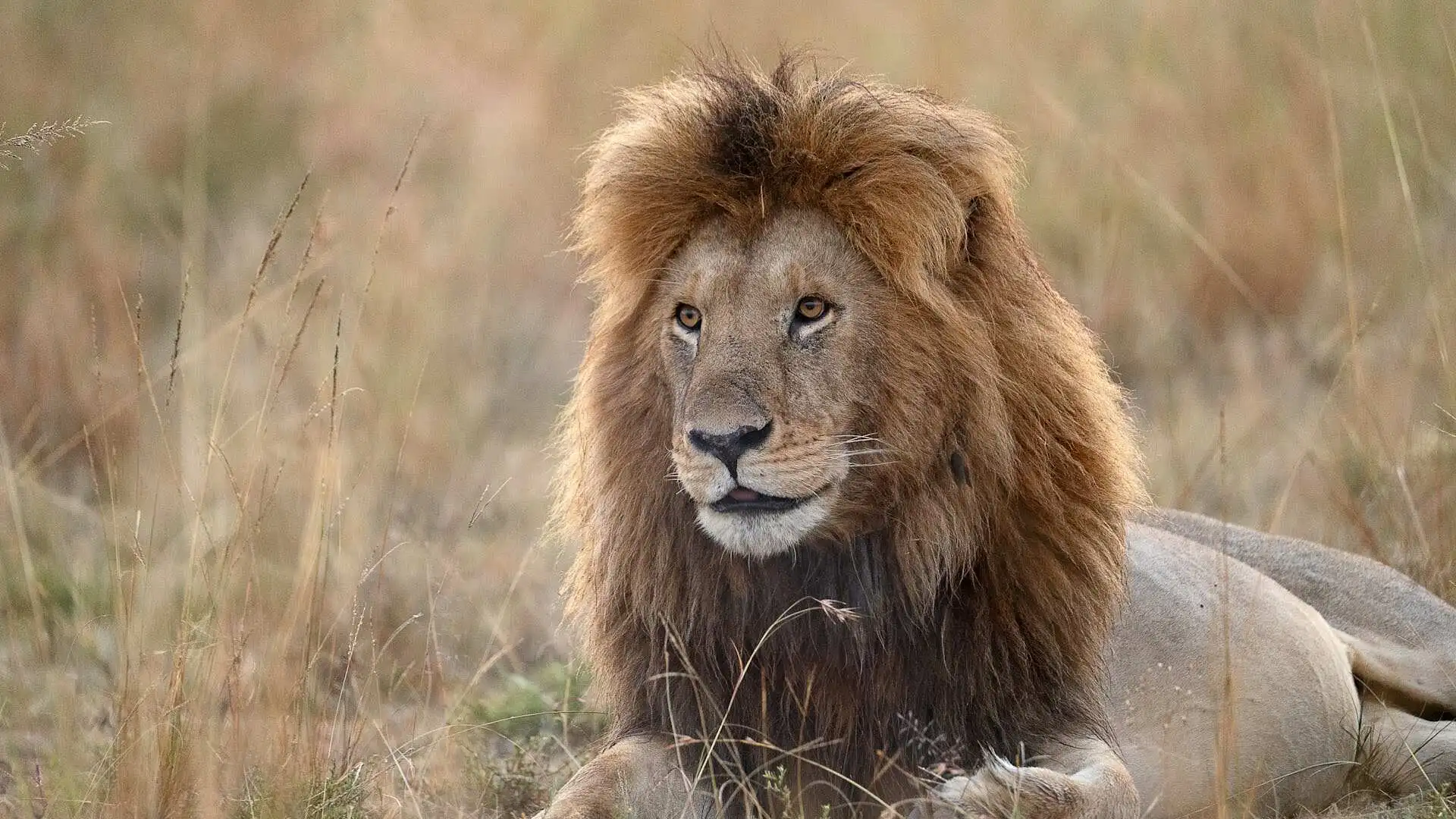
Lion in Masai Mara Nationa Reserve, Kenya
Entry Fees & Safari Costs
It depends on the type of reserve.
- National parks usually have fixed and lower entry fees, which makes them budget-friendly.
- National Reserves, especially private or community conservancies, may charge higher rates, but that often includes extras like:
- Expert guides
- Off-road privileges
- Luxury camp access
- Exclusive wildlife zones
So while you might spend more at a reserve, you’re often getting more value per sighting, especially if you’re into photography or want a quieter safari.
Popular Examples in Kenya and Tanzania
- National Parks: Amboseli, Serengeti, Lake Nakuru, Tarangire
- National Reserves: Masai Mara, Samburu, Buffalo Springs, Ngorongoro Conservation Area
Each one is unique, and many reserves are connected to or border national parks—so sometimes you can visit both on a single safari!
So, Which One Should You Choose?
Here’s the honest answer—it depends on what kind of safari you’re after.
- First-time safari? National parks are a great start—well-managed and rich in wildlife.
- Looking for flexibility and deeper immersion? National reserves and conservancies offer a more intimate, off-the-grid experience.
- Love photography or off-road tracking? Definitely consider conservancies.
Our advice? Mix it up! Do a few days in a national park, then move into a reserve for a completely different rhythm.

